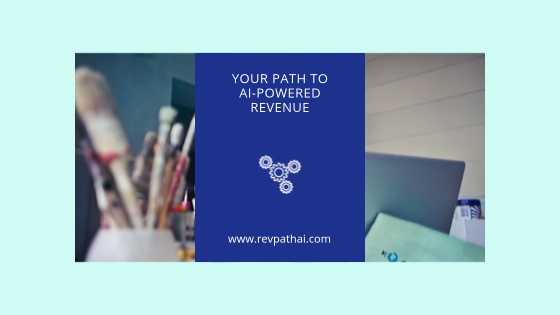Top Mistakes B2B Brands Make Expanding to APAC


Common Pitfalls When Expanding into APAC – and How to Avoid Them
Pitfall #1: Treating APAC as a Single Market
This is the most common—and often most expensive—mistake companies make when expanding into APAC: assuming that a one-size-fits-all approach will work across vastly different markets. What resonates in Singapore, a highly globalised, English-speaking financial hub, may completely miss the mark in Japan, where buyer trust is built slowly and messaging requires subtlety and formality. India’s B2B landscape is fast-paced and cost-sensitive, with a heavy reliance on personal networks and mobile-first platforms, while Indonesia has a younger, digitally native buyer base that responds more to social proof and influencer-driven content.
The differences go far beyond language. They extend to digital maturity, channel preference, buying cycles, decision-making hierarchies, and even expectations around sales follow-up. A campaign built for high-velocity SaaS sales in Sydney will likely stall in Tokyo or Bangkok unless it’s adapted with local nuance in mind.
According to PwC’s APAC market insights, companies that succeed in this region don’t just translate—they localize. That means adapting value propositions, CTAs, creative, tone, and even offer structure based on what matters most in each market. Hyper-localisation isn’t a “nice to have”—it’s the baseline for relevance and performance in APAC’s fragmented, high-potential landscape.
Pitfall #2: Overestimating Brand Awareness
Just because your brand has a strong presence in Europe or North America doesn’t mean it carries the same weight—or any recognition at all—in Asia. We’ve seen this play out time and again: a SaaS company that’s well-known in the UK or US assumes their name will open doors in Singapore or Tokyo, only to discover that they’re starting from scratch in terms of brand awareness.
One example is a US-based martech platform that entered the APAC market expecting immediate traction with BOFU (Bottom-of-Funnel) tactics—heavily investing in gated demos, free trials, and hard CTAs aimed at conversion. The problem? In markets like Malaysia and Japan, their audience hadn’t even heard of them. There was no context, no credibility, and no trust. Without foundational TOFU (Top-of-Funnel) content to build awareness and warm up the market, conversion rates were dismal, despite a hefty media spend.
Another example: a European HR tech company entered India with aggressive sales enablement content and outbound SDR campaigns, assuming high intent. But their buyers weren’t ready to engage—they needed education, not sales pitches. With no localized thought leadership or case studies tailored to Indian companies, the brand came across as out of touch.
There is a need to approach each market with clarity around actual market maturity, not assumptions based on global reputation or level of funding. We build full-funnel strategies that reflect where your brand stands in the local buyer journey. That might mean starting with awareness content, regional case studies, or influencer-led credibility-building in one market, while deploying BOFU retargeting in another where the brand already has traction.
It’s not just about translating the funnel—it’s about re-sequencing it to match what local buyers need at each stage. We make sure your TOFU, MOFU, and BOFU content works cohesively, market by market, and reflects the trust-building timeline required in APAC.
Pitfall #3: Underestimating Speed-to-Market Needs
Hiring locally, translating assets, and building fully bespoke campaigns for each APAC market can easily take six months or more—an eternity for VC-funded startups and scaleups under pressure to show traction. And yet, too many teams aim to “run” before they’ve even learned to crawl, investing heavily in full-market rollouts before validating their messaging or targeting.
At RevPathAI, we advocate for a crawl-walk-run approach—lean, agile, and outcomes-first. We start by identifying your highest-value ICPs and most promising regional segments. Then we execute focused, account-based campaigns to test positioning, messaging, and channels in-market. ABM is often the ideal entry point in APAC: it allows for deep personalization, faster feedback loops, and early revenue signals without the need for large-scale infrastructure.
This approach minimizes waste and maximizes learning. Once the initial motion is proven—once you’ve crawled—we help you walk: expanding into adjacent segments, scaling channel investment, and building consistent pipeline velocity. When it’s time to run, you already have a validated growth engine, built on real market data, not assumptions.
The result? You launch in weeks, not months. You learn fast, course-correct in real time, and scale only what works. It’s growth without geographic drag—demand generation designed for momentum.
